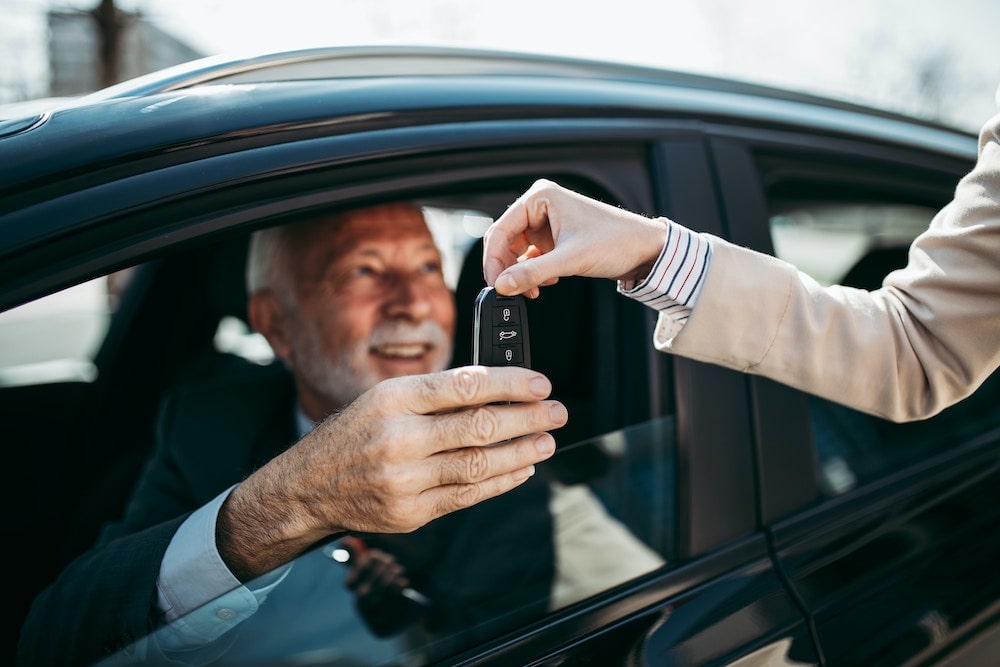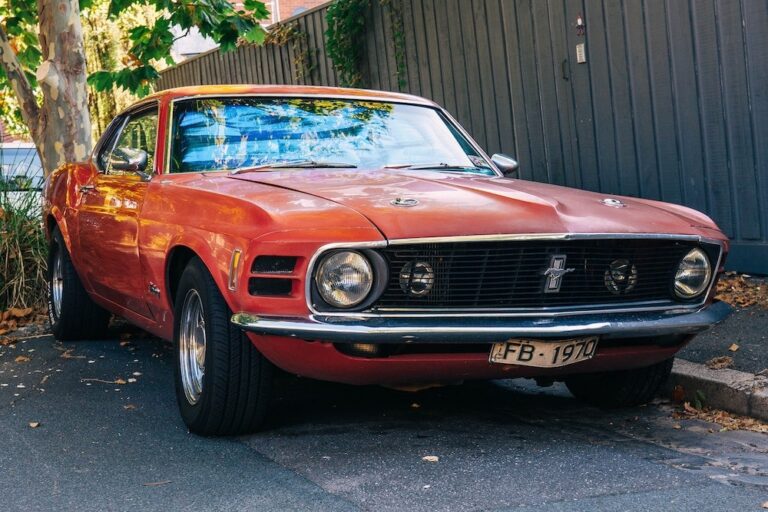Talk to Sales: (401) 200-6026

If you want to learn how to sell more cars, break the ice and allow customers to open up to you freely
Getting to the point of making a sale is not often a straight-cut process. Customers who are interested in buying a car are not always open to the idea of being “sold.” They don’t like to feel pressured by salespeople at the dealership. When you meet a prospect for the first time, there is an invisible wall of resistance that must be collapsed, so if you want to learn how to sell more cars, you need to focus on building trust.
Customers are not always willing to engage salespeople. They say, “Oh, I’m just looking,” when asked if you can help them. You can generally view this statement as, “Well, I don’t want to buy right now” or “I don’t want you to pressure me into anything.” By looking at this common objection in a new way, you will figure out how to dispel it.
How sell more cars: the 5 step process
1. Be prepared for this type of response
As a salesperson, you need to have the right attitude when approaching customers on the lot. At first glance, customers will usually have a moderate sense of resistance towards you. The “I’m just looking” excuse is easy to overcome if you expect it and react accordingly.
2. Be direct
Salespeople who “lurk” around the customer are not received well. Approach with confidence and show professionalism.
3. Act agreeable and enthusiastic
The old saying is true: enthusiasm is contagious. Customers want to deal with salespeople who show a genuine desire to provide assistance.
If someone tells you he is just looking, respond by saying, “Excellent! There are plenty of great vehicles in our inventory.” Follow up your response with a low-pressure, open-ended question (more on this below) to further engage conversation.
- Talk with a smile, but not a fake one. Learn how to be excited about the approach, and your smile will be genuine.
- Slightly elevate your speech. You don’t want to yell, but raising your tone will command attention and show enthusiasm.
4. Lead with open-ended questions
The best way to engage the customer is by asking the right thing. Open-ended questions will create an opportunity for dialogue without pressuring your lead. Getting him to open up and talk to you is an important step to learning how to sell more cars.
After you receive the “I’m just looking” objection and respond with confidence and enthusiasm, follow up with an open-ended question. Here are a few good examples:
- What kind of vehicle are you searching for today?
- What vehicle do you currently drive? What do you like or dislike about it?
- Why did you decide to choose our dealership?
- How do you feel about the selection so far?
5. Focus on building rapport and giving help
After you open a dialogue, don’t go straight for the sale. Take your time and get to know your prospect—their needs, wants, desires, hang-ups, and limitations. Give them the ease of speaking freely, without pressure to buy, and provide answers along the way.
Capitalize on the opportunity to share your expertise and listen well. The bottom line is that customers are at the dealership to buy a car. Otherwise, they wouldn’t be there! They want to deal with professionals who demonstrate great service.
Sell cars on the lot faster with AutoRaptor
Know if we’re the right fit within 10 minutes
6. Identify pain points and provide a solution
While the customer is talking with you, make a mental note of the pain points he mentioned. If you’re trying to learn how to sell more cars, pain points can be used to your benefit. These are the details that will ultimately tell you how to sell the vehicle.
Keep the pain points in mind, but don’t act on them right away. First, show the customer you’re willing to listen to everything he has to say. Once you’ve gathered enough information to narrow down which vehicles are the right fit, provide a short list.
Common pain points to look out for:
- “I’m shopping for a vehicle for my teenager, so it needs good safety features.”
- “I only have a marginal credit score because of (insert reasons).”
- “I drive a lot for work, so I need something that can last.”
- “I don’t have time to shop around. There’s too many choices, and I just want something reliable and cheap.”
7. Demonstrate Value
After understanding your customer’s needs and presenting a suitable vehicle, it’s time to demonstrate the value it offers. Take time to explain the features of the car in a way that aligns with their expressed needs. If they mentioned safety as a key concern, talk about the car’s advanced safety systems. If they stressed the need for fuel economy, discuss the car’s miles per gallon rating. This will help your customers see why the car is a good fit for them and will make them more likely to make a purchase.
8. Allow For Test Drives
Test drives can be a pivotal point in the car-buying process. It’s the first time a potential buyer can truly feel the car and imagine themselves owning it. Use this opportunity to further discuss the car’s features and benefits in a relaxed environment. Remember, the test drive isn’t about hard selling but creating an experience where the customer feels comfortable and excited about their potential new car.
9. Follow Up Tactfully
A successful car sale often involves more than a single interaction. After the customer has left the dealership, follow up with a phone call or email. Be respectful of their time and use this as an opportunity to address any unanswered questions they may have. This could be the extra push they need to come back to your dealership and finalize the purchase. Remember, persistence is key, but always respect the line between being helpful and being intrusive.
10. If all else fails, plant the seed and walk away
Some customers are simply adversely responsive to salespeople. It’s easy to tell within the first thirty seconds of a conversation. If you find the customer becoming aggravated or uncomfortable, the best strategy is to bow out with grace. Give the customer your card and let him know where to find you if he needs help. He’ll appreciate your intuitive understanding that he wants to be left alone for now and come back to you later.
Steering Your Way to Success in Car Sales
Mastering the art of selling cars requires more than just persuasive sales talk. It necessitates genuine interest in your customers’ needs, an understanding of their pain points, and a commitment to providing them with the best solutions. The above tips outline a strategy not just for closing a deal, but for building strong relationships with customers who can turn into repeat buyers or referral sources.
Your ultimate goal is to guide your customers through a positive car buying experience that’s memorable, satisfying, and hassle-free. Each step, from breaking the ice to the follow-up, plays an essential role in this process. It’s all about taking your customers on a journey that transforms them from mere prospects to satisfied buyers and advocates of your dealership.
Selling more cars isn’t a result of pressuring people into buying, but a consequence of effectively communicating value and building trust. Always remember, successful car salespeople are those who sell value, not just vehicles.
How do you break the ice with customers at the dealership? Do you have any tips to add? Share your thoughts in the comments!
Subscribe to our Newsletter
Resources to help your dealership convert more leads into sales, retain more customers, and market inventory smarter, straight to your inbox every Sunday.




